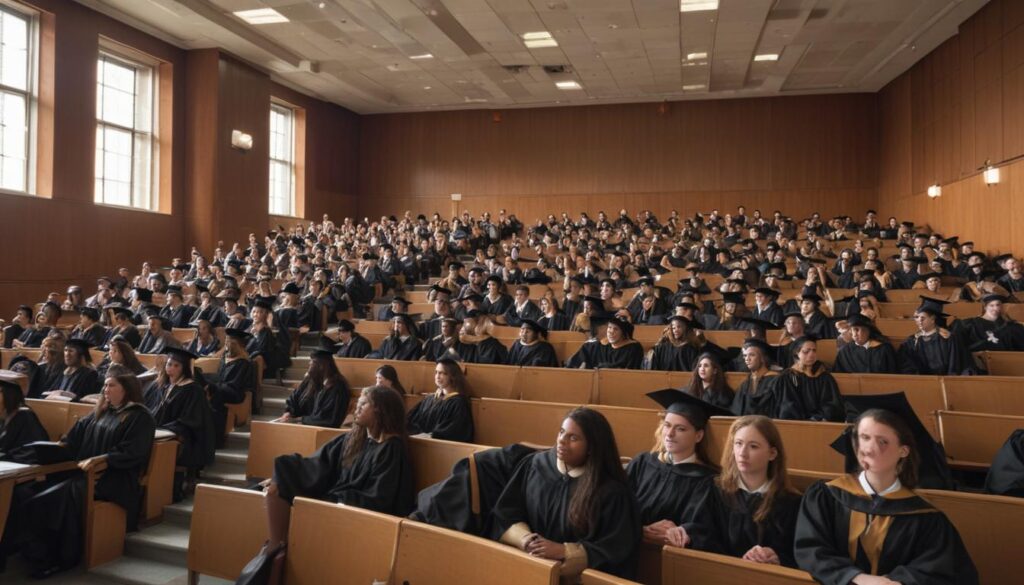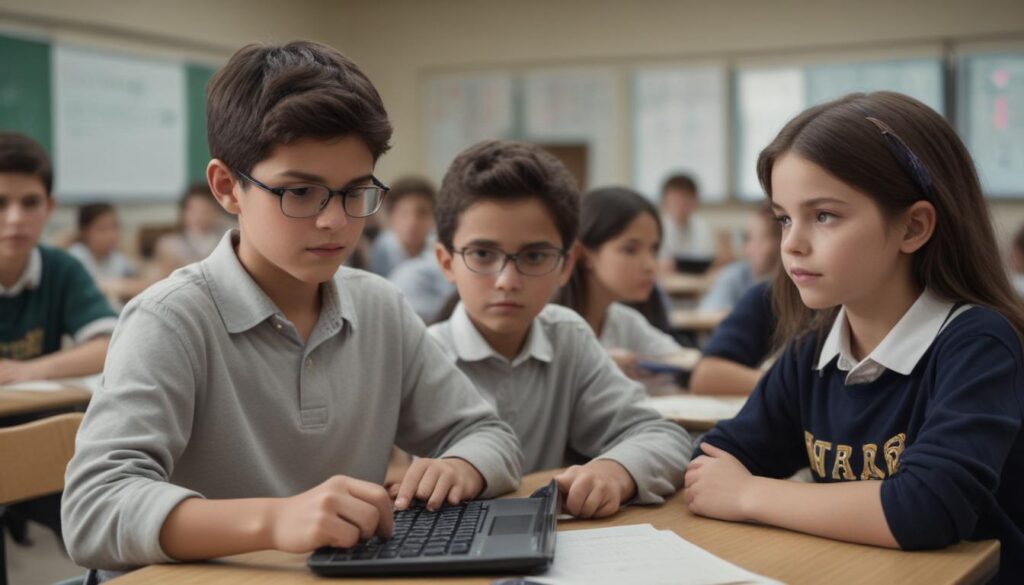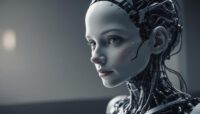Now Reading: Is AI the Future of Education?
- 01
Is AI the Future of Education?
Is AI the Future of Education?

The Impact of AI on Education Opportunities and Challenges
The term ‘Artificial Intelligence’ is everywhere, sparking a mix of excitement and anxiety. For parents, teachers, and students, it can feel like a tidal wave of change is coming, but it’s hard to tell if you should be learning to surf or running for high ground. You hear about AI writing essays and solving complex math problems, and you wonder what that means for the future of learning. Is it a threat to traditional education or the greatest tool ever invented?
The uncertainty is the real challenge. But what if you could cut through the noise? This guide will demystify the role of AI in the classroom. We will explore the incredible opportunities AI presents to make learning more personal and effective, while also honestly addressing the significant challenges and ethical questions we must consider. Let’s dive into how this technology is not just changing the future, but reshaping education right now.
What is AI in an Educational Context
Before we explore the impact, let’s quickly define what we mean by AI in education. Forget images of sci-fi robots teaching history class. In reality, educational AI refers to sophisticated software and tools designed to support and enhance the learning process. Think of it as a super-smart assistant for both students and teachers. It can analyze patterns, personalize content, and automate tasks, all with the goal of creating a richer, more efficient educational experience.
The Big Opportunities How AI is Transforming Learning
Artificial intelligence is not just a futuristic concept; it’s already providing tangible benefits in schools around the world. These tools are helping to solve some of education’s most persistent problems.

Personalized Learning Paths for Every Student
One of the greatest promises of AI is its ability to tailor education to the individual. In a traditional classroom of 30 students, it’s nearly impossible for one teacher to create 30 unique lesson plans. AI can bridge this gap.
AI-driven platforms can assess a student’s knowledge and learning pace in real time. If a student is struggling with a concept, the system can provide additional resources, practice problems, and tutorials. Conversely, if a student masters a topic quickly, the AI can introduce more advanced material to keep them engaged and challenged. This prevents students from being left behind or feeling bored.
Automating Administrative Tasks for Teachers
Teachers are often buried in administrative work that takes time away from actual teaching. AI is a powerful ally in reducing this burden. It can automate repetitive tasks such as:
- Grading multiple-choice and fill-in-the-blank tests
- Managing schedules and communication
- Analyzing student performance data to identify class-wide trends
By freeing up teachers from these time-consuming duties, AI allows them to focus on what truly matters mentoring students, fostering creativity, and providing one-on-one support.
Access to Global Knowledge and Tutors
AI breaks down the barriers of time and location. With AI-powered tools, students can access interactive learning materials and virtual tutors 24/7. A student in a rural town can get expert help in advanced physics, or a student who is a night owl can work through their homework with an AI assistant long after school has ended. This democratization of knowledge ensures that learning isn’t confined to the four walls of a classroom.
The Challenges and Ethical Hurdles We Must Navigate
While the opportunities are exciting, a responsible approach requires us to acknowledge and address the potential downsides of integrating AI into education.
The Risk of Bias and Inequality
AI systems learn from the data they are trained on. If that data contains historical biases related to race, gender, or socioeconomic status, the AI will perpetuate and even amplify those biases. This could lead to unfair assessments or biased educational recommendations. Furthermore, there is a risk of a new “digital divide,” where only well-funded schools can afford advanced AI tools, leaving students in poorer districts even further behind.
Data Privacy and Security Concerns
AI educational tools collect vast amounts of data on student performance, learning habits, and even behavior. This raises critical questions about data privacy. Where is this sensitive data stored? Who has access to it? How is it being protected from cyber threats? Establishing clear, transparent policies for data security and student privacy is non-negotiable.
The Need for Human Connection
Technology can never fully replace the human element of teaching. A teacher’s ability to show empathy, offer encouragement, and build a student’s confidence is irreplaceable. Over-reliance on AI could lead to a sterile learning environment that neglects the development of crucial social and emotional skills. The human connection between a teacher and a student is the heart of education.
Embracing a Balanced Approach
The rise of AI in education is not a battle of humans versus machines. The most effective future is one where AI augments, rather than replaces, great teaching. The teacher becomes the conductor of the classroom, using AI as a powerful instrument to create a symphony of personalized learning.
Artificial intelligence is a tool. Like any tool, its impact depends entirely on how we use it. By embracing the opportunities for personalization and efficiency while proactively addressing the challenges of bias, privacy, and the need for human connection, we can steer this revolution toward a brighter, more equitable future for every learner.





































